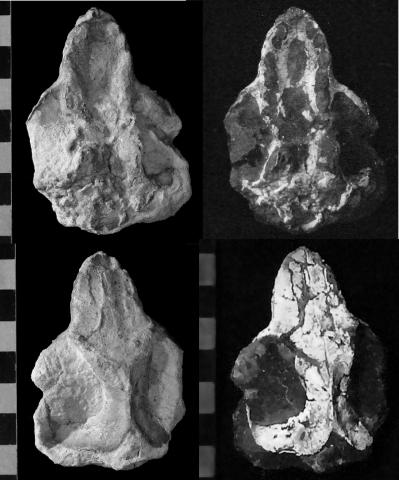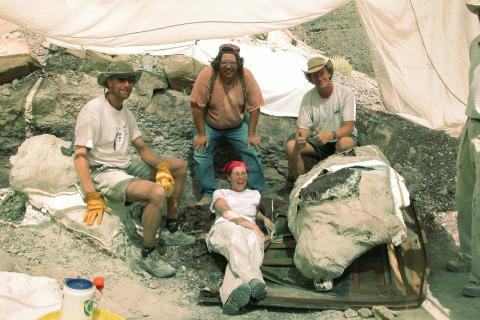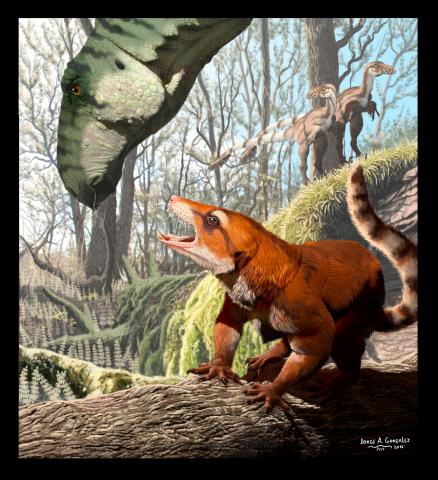


Dear Reader,
Like it or not, marijuana legalization is sweeping the country… you may have even seen it on the popular CNBC show "The Profit" just a couple nights ago...
Most recently on Election Day, 3 more states (for a total of 8) voted to legalize recreational marijuana use, including California!
And, that means that very soon dozens of tiny marijuana firms could skyrocket by 100%, 300%, 500% or higher...
This is your chance to turn a single $50 bill… into an absolute fortune.
But you need to get in ASAP!
According to CNBC, “Now is the right time to bet big on marijuana... [as] the industry is poised to be gigantic.”
And Forbes is touting that “hundreds of millions of dollars are pouring in…”
Click here for full details on how to stake your claim.
Sincerely,
Aaron Gentzler
Publisher, Technology Profits Confidential
P.S. Already, some of the biggest and most successful names on Wall Street have acquired major positions in companies in the marijuana sector, investing millions…
I’m talking about PayPal creator Peter Thiel… Reddit CEO and founder Steve Huffman… legendary hedge fund manager Joel Greenblatt... and even Warren Buffett.
Click here to see how a $50 stake in these tiny pot stocks can easily turn into a massive fortune.
=========================
USDA Invests $256 Million in Water Infrastructure in Rural Communities
Investments Will Support 81 Projects in 35 States
LITTLE ROCK, Ark., May 23, 2018 – Assistant to the Secretary for Rural Development Anne Hazlett today announced that the U.S. Department of Agriculture (USDA) is investing $256 million in 81 projects (PDF, 233 KB) to improve water and wastewater infrastructure in rural areas in 35 states.
“No matter what zip code you live in, infrastructure is a foundation for quality of life and economic opportunity,” Hazlett said. “Through strong partnerships, USDA is ensuring that rural communities have the modern, reliable infrastructure they need to prosper.”
During her keynote address at the Arkansas Rural Development conference, Hazlett spoke about USDA’s longstanding partnership with state and local officials to improve the quality of life in rural communities. She met with various representatives on issues important to rural Arkansas residents and businesses, such as ways USDA is partnering with local communities to support opioid treatment, prevention and recovery services. She also highlighted USDA efforts to support e-Connectivity in the state.
Arkansas is receiving two of the 81 rural water and wastewater infrastructure projects Hazlett announced. The Tri County Regional Water Distribution District, in Russellville, Ark., for example, is receiving a $6.2 million USDA loan to construct a water treatment plant with new intake and water lines. The new plant will better serve customers during high demand and will help avoid unhealthy conditions. Tri County supplies water to Pope, Logan and Yell counties. The town of Ravenden is receiving $859,000 to construct a water supply well. The new well will correct system deficiencies to comply with health and sanitary regulatory standards for the 246 users.
The recently enacted Fiscal Year (FY) 2018 Omnibus spending bill includes a significant boost in financial support for water and wastewater projects. It provides $5.2 billion for USDA loans and grants, up from $1.2 billion in FY 2017. It also directs Agriculture Secretary Perdue to make investments in rural communities with the greatest infrastructure needs.
In addition to funding in the 2018 Omnibus bill, President Trump has proposed a $200 billion infrastructure investment that allocates 25 percent ($50 billion) to rural projects.
The loans and grants Hazlett announced today are being awarded through USDA’s Water and Waste Disposal Loan and Grant program. The funds can be used to finance drinking water, stormwater drainage and waste disposal systems for rural communities with 10,000 or fewer residents.
Other awards announced today include:
In April 2017, President Donald J. Trump established the Interagency Task Force on Agriculture and Rural Prosperity to identify legislative, regulatory and policy changes that could promote agriculture and prosperity in rural communities. In January 2018, Secretary Perdue presented the Task Force’s findings to President Trump. These findings included 31 recommendations to align the federal government with state, local and tribal governments to take advantage of opportunities that exist in rural America. Increasing investments in rural infrastructure is a key recommendation of the task force.
To view the report in its entirety, please view the Report to the President of the United States from the Task Force on Agriculture and Rural Prosperity (PDF, 5.4 MB). In addition, to view the categories of the recommendations, please view the Rural Prosperity infographic (PDF, 190 KB).
USDA Rural Development provides loans and grants to help expand economic opportunities and create jobs in rural areas. This assistance supports infrastructure improvements; business development; housing; community services such as schools, public safety and health care; and high-speed internet access in rural areas. For more information, visit www.rd.usda.gov.
================================
Utah fossil reveals global exodus of mammals’ near relatives to major continents
A small fossil is evidence that Earth’s ancient supercontinent, Pangea, separated some 15 million years later than previously believed.
A nearly 130-million-year-old fossilized skull found in Utah is an Earth-shattering discovery in one respect.
The small fossil is evidence that the super-continental split likely occurred more recently than scientists previously thought and that a group of reptile-like mammals that bridge the reptile and mammal transition experienced an unsuspected burst of evolution across several continents.
“Based on the unlikely discovery of this near-complete fossil cranium, we now recognize a new, cosmopolitan group of early mammal relatives,” said Adam Huttenlocker, lead author of the study and assistant professor of clinical integrative anatomical sciences at the Keck School of Medicine of USC.
The study, published in the journal Nature on May 16, updates the understanding of how mammals evolved and dispersed across major continents during the age of dinosaurs. It suggests that the divide of the ancient landmass Pangea continued for about 15 million years later than previously thought and that mammal migration and that of their close relatives continued during the Early Cretaceous (145 to 101 million years ago).
“For a long time, we thought early mammals from the Cretaceous (145 to 66 million years ago) were anatomically similar and not ecologically diverse,” Huttenlocker said. “This finding by our team and others reinforce that, even before the rise of modern mammals, ancient relatives of mammals were exploring specialty niches: insectivores, herbivores, carnivores, swimmers, gliders. Basically, they were occupying a variety of niches that we see them occupy today.”
The study reveals that the early mammal precursors migrated from Asia to Europe, into North America and further onto major Southern continents, said Zhe-Xi Luo, senior author of the study and a paleontologist at the University of Chicago.
Fossil find: a new species
Huttenlocker and his collaborators at the Utah Geological Survey and The University of Chicago named the new species Cifelliodon wahkarmoosuch.
Found in the Cretaceous beds in eastern Utah, the fossil is named in honor of famed paleontologist Richard Cifelli. The species name, “wahkarmoosuch” means “yellow cat” in the Ute tribe’s language in respect of the area where it was found.
Scientists used high-resolution computed tomography (CT) scanners to analyze the skull.
“The skull of Cifelliodon is an extremely rare find in a vast fossil-bearing region of the Western Interior, where the more than 150 species of mammals and reptile-like mammal precursors are represented mostly by isolated teeth and jaws,” said James Kirkland, study co-author in charge of the excavation and a Utah State paleontologist.
With an estimated body weight of up to 2.5 pounds, Cifelliodon would seem small compared to many living mammals, but it was a giant among its Cretaceous contemporaries. A full-grown Cifelliodon was probably about the size of a small hare or pika (small mammal with rounded ears, short limbs and a very small tail).
It had teeth similar to fruit-eating bats and could nip, shear and crush. It might have incorporated plants into its diet.
The newly named species had a relatively small brain and giant “olfactory bulbs” to process sense of smell. The skull had tiny eye sockets, so the animal probably did not have good eyesight or color vision. It possibly was nocturnal and depended on sense of smell to root out food, Huttenlocker said.
Supercontinent existed longer than previously thought
Huttenlocker and his colleagues placed Cifelliodon within a group called Haramiyida, an extinct branch of mammal ancestors related to true mammals. The fossil was the first of its particular subgroup – Hahnodontidae – found in North America.
The fossil discovery emphasizes that haramiyidans and some other vertebrate groups existed globally during the Jurassic-Cretaceous transition, meaning the corridors for migration via Pangean landmasses remained intact into the Early Cretaceous.
Most of the Jurassic and Cretaceous fossils of haramiyidans are from the Triassic and Jurassic of Europe, Greenland and Asia. Hahnodontidae was previously known only from the Cretaceous of Northern Africa. It is to this group that Huttenlocker argues Cifelliodon belongs, providing evidence of migration routes between the continents that are now separated in northern and southern hemispheres.
“But it’s not just this group of haramiyidans,” Huttenlocker said. “The connection we discovered mirrors others recognized as recently as this year based on similar Cretaceous dinosaur fossils found in Africa and Europe.”
# # #